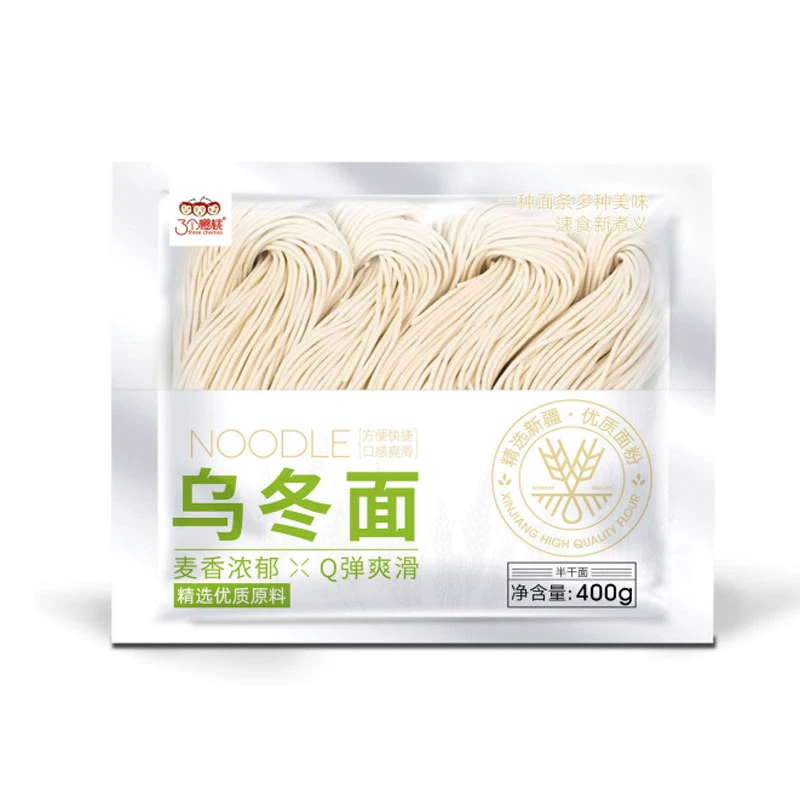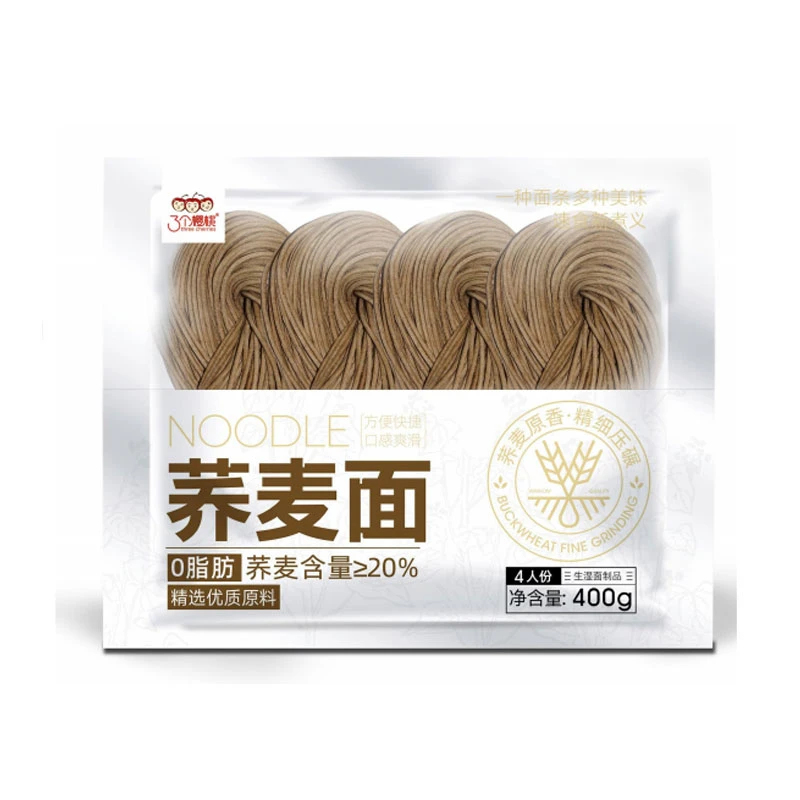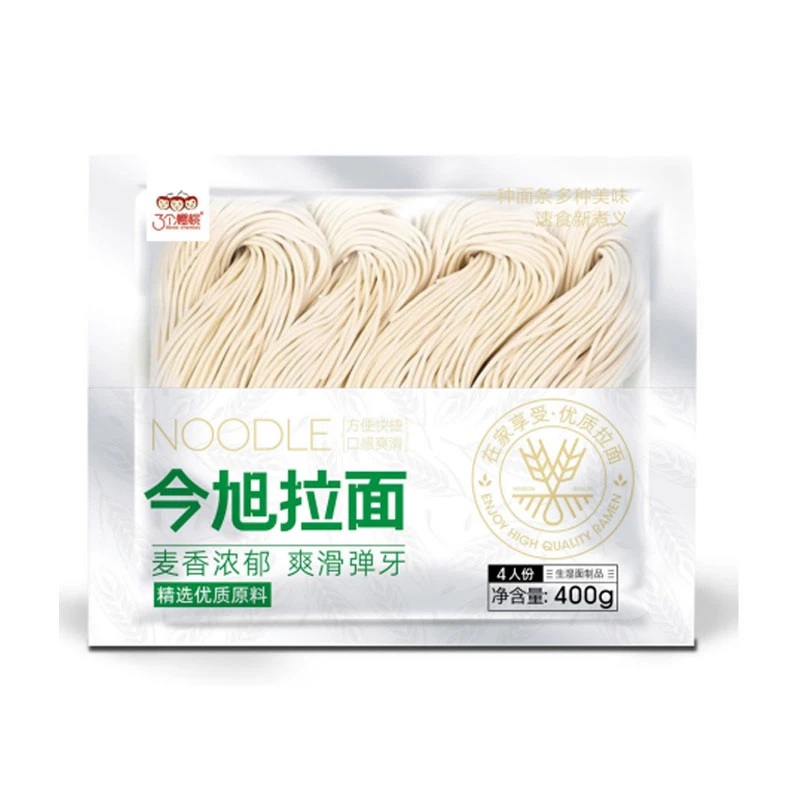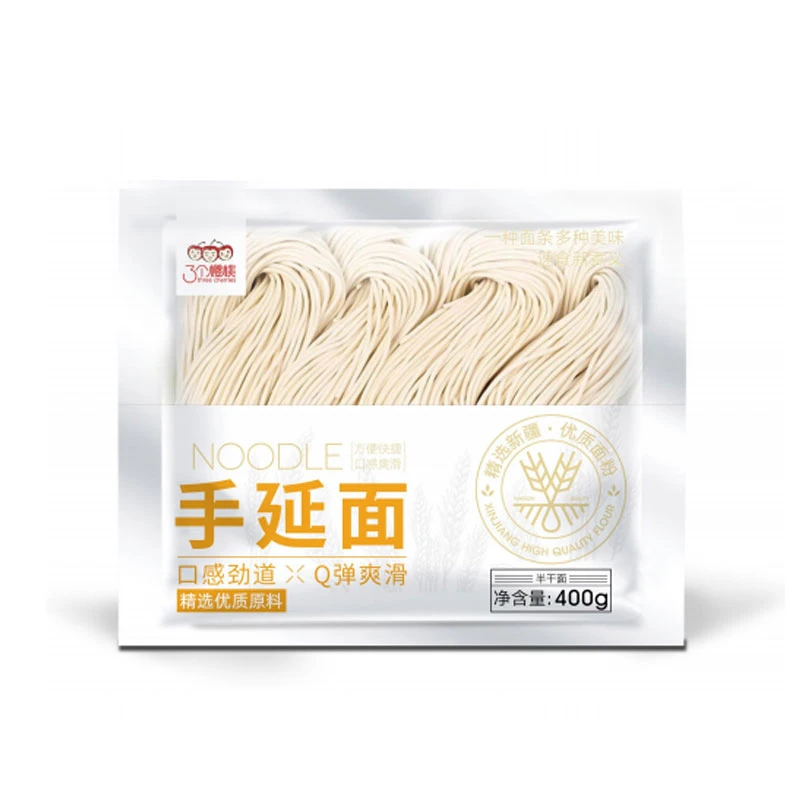A Timeless Treasure of Northwestern China
In the vast world of Chinese cuisine, few dishes resonate with such cultural pride and culinary artistry as noodles lanzhou. Originating from Lanzhou, the capital city of Gansu Province, these noodles are more than just food—they’re a celebrated tradition, a symbol of ethnic heritage, and a benchmark of noodle-making excellence.
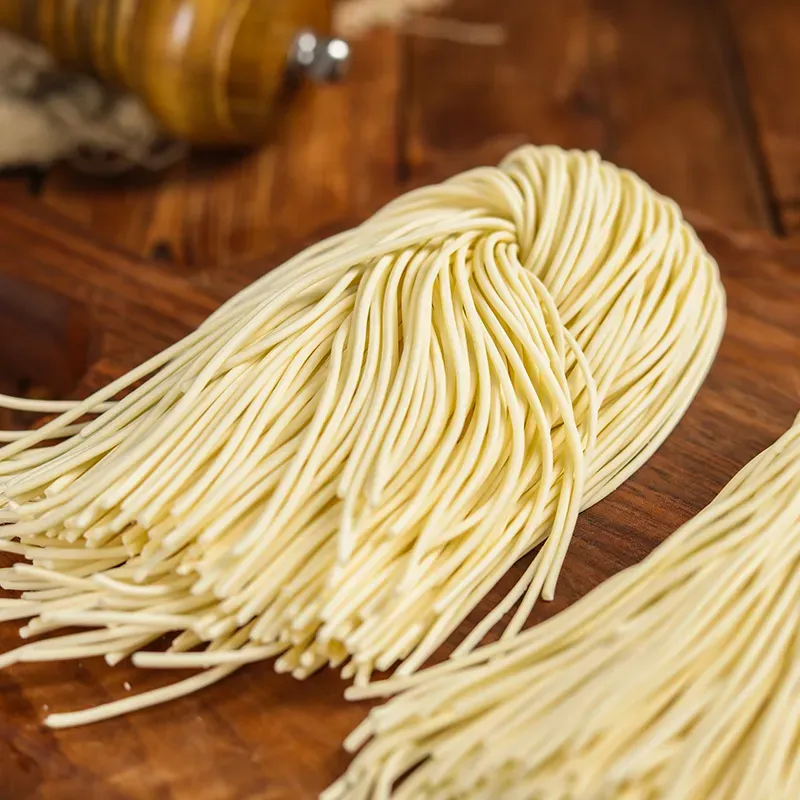
The signature characteristics of noodles lanzhou include a rich, clear beef broth, thinly sliced radish, fresh coriander, chili oil, and hand-pulled wheat noodles of incredible elasticity. The craft of making these noodles is considered a performance in itself, often demonstrated in open kitchens or noodle shops where the puller skillfully transforms dough into dozens of perfect strands with nothing but hands and experience.
As one of the few Chinese noodle dishes recognized on a global stage, noodles lanzhou have inspired noodle shops around the world to replicate this classic. However, the truly loyal fan knows the difference that comes from tasting it in its authentic form—where texture, aroma, and flavor combine in perfect balance.
China Lanzhou Lamian: A Noodle Legacy Spanning Centuries
When it comes to china lanzhou lamian, we’re talking about a dish that dates back more than 100 years. "Lamian" literally means “pulled noodles,” and in Lanzhou, it refers to a highly specialized skill passed down through generations. There are official schools, apprenticeships, and even national competitions dedicated to this revered art.
China lanzhou lamian involves a unique dough kneading process where high-gluten wheat flour is transformed into elastic, silky strands using only the puller's strength, rhythm, and technique. The dough is twisted, stretched, and folded in the air until it forms long, uniform noodles without breaking—a feat that looks like magic and tastes like perfection.
The finished lamian is usually served in the “Five Color” style: one bowl featuring five essential visual elements—white radish, red chili oil, green coriander, yellow noodle, and clear soup. This presentation reflects both the aesthetic philosophy and the culinary balance prized in Chinese gastronomy.
Today, china lanzhou lamian is spreading across continents, bringing its authentic flavors to cities from San Francisco to Sydney. High-quality frozen options and meal kits are making it easier for home cooks and restaurateurs to offer the genuine taste of Lanzhou anywhere in the world.
Authentic Lanzhou Hand Pulled Noodles: The Art of Precision
Creating authentic lanzhou hand pulled noodles is a labor of love that combines muscle, rhythm, and memory. This skill is not something that can be mass-produced without losing its essence. The difference lies in the hands—an experienced noodle puller knows exactly how many folds, how many twists, and what level of resistance to expect from the dough at each stage.
To qualify as authentic lanzhou hand pulled noodles, the noodles must be made fresh, without machine extrusion, and exhibit at least seven different thickness levels depending on the customer's order—from hair-thin threads to thicker, spaghetti-style ribbons. The end product has a unique bite—slightly firm yet yielding, elastic but never rubbery.
Restaurants that serve authentic lanzhou hand pulled noodles often display their certification proudly. These certifications are often issued by the Lanzhou Lamian Industry Association and indicate strict adherence to preparation methods, ingredient sourcing, and broth recipe authenticity. Even the water quality and beef cuts are standardized.
For food distributors, offering truly authentic lanzhou hand pulled noodles can distinguish your product in a competitive market. Whether sold fresh, frozen, or semi-prepared, they cater to both cultural purists and foodies looking for a premium experience.
What Is Lanzhou Noodles: A Symbol of Cultural Identity and Innovation
So, what is lanzhou noodles? Beyond its taste and visual appeal, Lanzhou noodles represent a harmony of tradition, innovation, and identity. They are a product of Muslim Chinese communities, especially the Hui ethnic group, who introduced halal food techniques and a spiritual connection to food preparation.
At its core, what is lanzhou noodles is a question that invites one into a cultural journey. It's about watching the flour come alive in skilled hands, boiling in clear beef broth, and being topped with slices of halal braised beef. It’s about waking up early in Lanzhou to visit a hole-in-the-wall shop and being greeted with the aroma of beef stock and chili oil.
This dish has become a national icon in China and a flagship of street food abroad. In many ways, what is lanzhou noodles is also a story of resilience—of how a local dish from a northwestern Chinese city came to captivate a global audience without compromising its roots.
For chefs, culinary schools, and food bloggers, teaching what is lanzhou noodles is a chance to preserve and share a culinary legacy. It is a lesson in discipline, aesthetics, and respect for ingredients—something that speaks volumes in today’s food-conscious world.
Reviving the Tradition of Noodles Lanzhou with Modern Cuisine
As more people ask what is lanzhou noodles, chefs and brands are finding new ways to honor tradition while appealing to modern tastes. Innovations like vegan broth options, gluten-free alternatives, and ready-to-eat packs are making noodles lanzhou accessible to everyone.
Some restaurants now serve china lanzhou lamian with lamb, duck, or even seafood twists, offering variety while respecting core techniques. Meanwhile, meal kit companies are developing DIY noodle-pulling kits that let customers experience the joy of making authentic lanzhou hand pulled noodles at home.
Cultural appreciation events, pop-up kitchens, and culinary documentaries are shining new light on what makes noodles lanzhou so special. This momentum is helping preserve the dying art of lamian pulling and inspire a new generation of culinary artisans.
Whether you're a distributor looking to import premium lamian, a chef eager to recreate the experience for your guests, or simply a food lover asking what is lanzhou noodles, the answer lies in quality, technique, and the enduring charm of a dish that’s stood the test of time.
FAQs About Lanzhou Noodles
What is Lanzhou noodles known for?
Lanzhou noodles are famous for their hand-pulled technique, clear beef broth, and traditional “Five Color” presentation. Originating from Gansu Province in China, this noodle dish is considered one of the most iconic in Chinese Muslim cuisine. It's revered for its texture, flavor balance, and visual harmony.
Are authentic Lanzhou hand pulled noodles gluten-free?
No, traditional authentic lanzhou hand pulled noodles are made from high-gluten wheat flour, which gives them their signature elasticity and chew. However, some modern restaurants and producers are experimenting with gluten-free alternatives using rice flour or other grains, although these lack the traditional texture.
How are China Lanzhou lamian different from regular ramen?
While ramen is typically machine-made with an alkaline dough and a richer broth, china lanzhou lamian is hand-pulled and served in a clearer, lighter beef broth. The two are vastly different in technique, flavor profile, and cultural background. Lanzhou lamian reflects Hui Muslim culinary traditions, while ramen is rooted in Japanese cuisine.
Can I buy authentic Lanzhou noodles online?
Yes, many specialty food retailers and Asian grocers offer frozen or refrigerated authentic lanzhou hand pulled noodles. Some also sell meal kits or fresh lamian through delivery platforms. To ensure quality, look for brands affiliated with certified noodle makers or those approved by the Lanzhou Lamian Industry Association.
What makes noodles Lanzhou a healthy option?
Noodles lanzhou are made with simple, whole ingredients: wheat flour, halal beef, radish, and fresh herbs. The broth is typically low in fat, and the dish is often served without heavy oil or artificial additives. With a high protein content and rich in collagen from slow-cooked beef bones, it’s a balanced, hearty meal.
-
Wholesale Ramen Noodles SuppliersNachrichtAug.27,2025
-
Bio-Soba-NudelnNachrichtAug.27,2025
-
Organic Ramen Noodles BulkNachrichtAug.27,2025
-
Improving Foodservice: A Wholesale Buyer’s Guide to Fresh PastaNachrichtAug.27,2025
-
Dragon Chuka Soba NoodlesNachrichtAug.27,2025
-
Types of Cold NoodlesNachrichtAug.27,2025
-
Soba Noodles for SaleNachrichtAug.27,2025
Durchsuchen Sie qua das folgende Produkt neu die wir













































































































